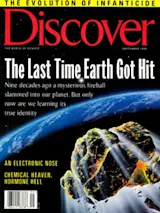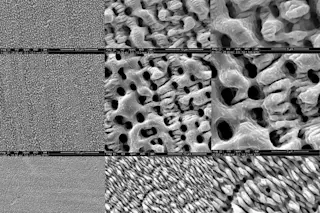If anyone has talked to Charlie the Tuna lately, would you do me a favor and let me know? It’s been a while since I’ve seen him and I’m starting to worry.
Charlie the Tuna, you may remember, was an animated spokesfish for StarKist tuna who enjoyed a wildly popular run on network television from the 1960s through the 1970s. While most tunas tend to swim in the other direction when they catch a glimpse of so much as a spoonful of mayonnaise, Charlie always seemed to have a clear idea of what he wanted to be when he grew up, and what he wanted to be was lunch. For the better part of 20 years, Charlie
I regularly took to the airwaves baiting and begging the StarKist fishermen to haul him out of the sea so that he could have the honor of ending his life not just as ...














